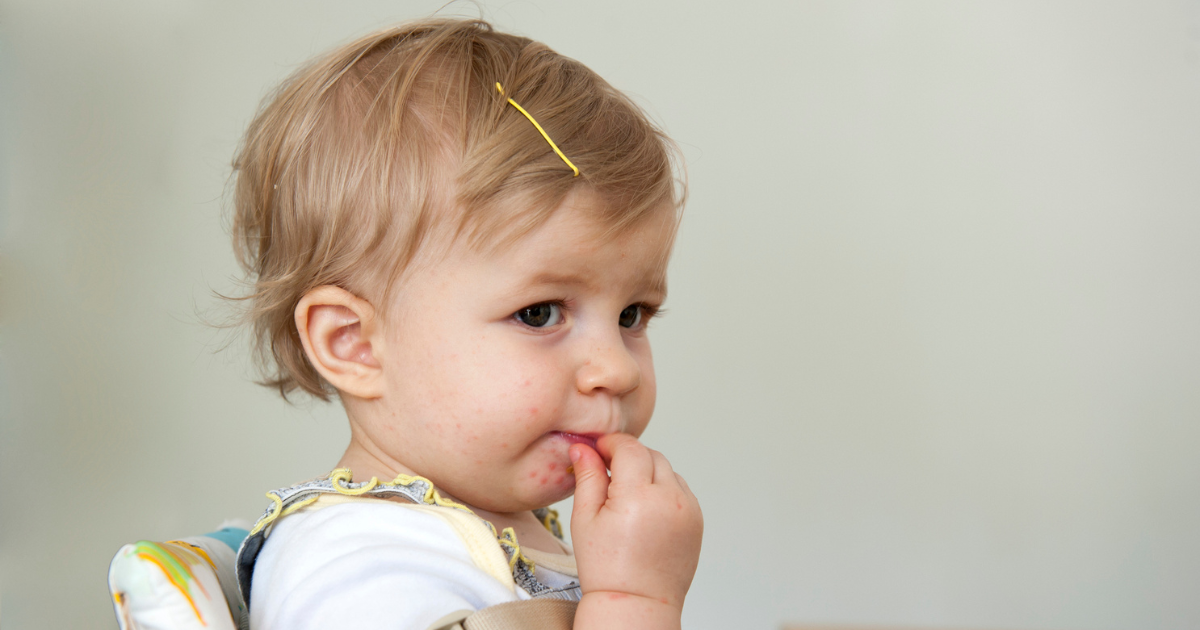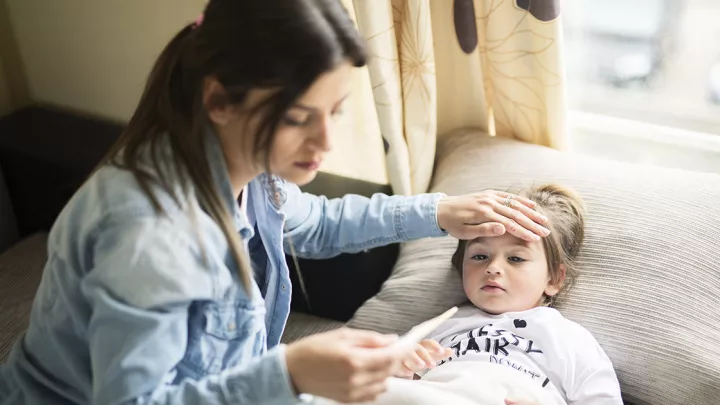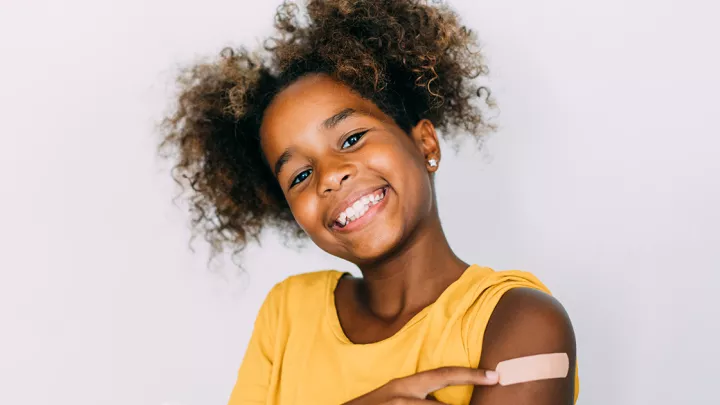What are the early symptoms of hand, foot and mouth disease, and how does it spread?

It’s highly contagious, and anyone can get it. Hand, foot, and mouth disease, or HFMD, has about 200,000 cases a year in the United States. HFMD is most common among children younger than 5 years. It’s thought that older children and adults have more of an immunity to HFMD, but they can still be affected.
“HFMD presentation in adults and children can be pretty similar,” says Nebraska Medicine Pediatrics specialist Amissabah Kanley, MD. “Some adults don’t have noticeable symptoms, or they can look nondescript, but the main thing with children is the mouth sores and throat pain.”
What is HFMD, and what are the symptoms?
HFMD is a viral infection most commonly caused by viruses in the coxsackievirus or enterovirus family. It causes painful blisters in the mouth, throat, hands, feet and diaper area in children.
“HFMD causes rashes on hands and feet, but you can also see them on legs — they can look like fluid-filled blisters,” says Dr. Kanley. “Early signs in infants or non-verbal children are drooling, refusal to eat, and fussiness because of mouth sores. Older children will often complain of mouth or throat pain and sometimes abdominal pain.”
How does HFMD spread?
HFMD is typically not too serious, but it’s a highly contagious disease. The first week or so is when people with HFMD are most contagious.
“Usually, the incubation period is three to five days,” says Dr. Kanley. “It spreads via person-to-person contact, so anything with oral secretions, saliva, when someone blows their nose, coughs and sneezes. You may get contaminated if you change the diaper of a child with HFMD. It can also spread by touching contaminated surfaces and touching your eyes, nose or mouth.”
Additionally, HFMD can spread through:
- Sharing eating utensils or drinkware.
- Close contact (hugging or kissing) with someone who has HFMD.
- Direct contact with blisters or rash.
- Touching contaminated toys, surfaces or doorknobs.
- Airborne droplets
How is HFMD treated?
“When someone is infected, symptoms are usually mild,” says Dr. Kanley. “They should stay home if they’re not feeling well or take precautions like hand-washing and avoiding other people.”
Because a virus causes HFMD, antibiotics won’t work. There are no medications for HFMD. It’s best to rest at home and slow the spread in schools and daycares.
“Viral illnesses are managed symptomatically. Depending on the child’s age, you can use ibuprofen. Once pain is controlled, hydrate as much as you can — offer any fluids until symptoms start improving, usually within a week. If children are fever-free for at least 24 hours and feel well enough to participate, they can go to school and practice hand hygiene.”
Can HFMD be prevented?
There’s no vaccine to prevent HFMD, but there are measures to stop HFMD from spreading.
“In terms of prevention, the biggest thing is hand-washing,” says Dr. Kanley. “If your hands are soiled with fecal matter, or you’re sneezing or sick, always wash your hands. Children should keep their hands away from their mouths and eyes.”
Children should be discouraged from touching the rash, rubbing their eyes and putting fingers or toys in their mouth.
When to call the doctor
Most cases of HFMD are mild, and symptoms go away on their own without treatment.
“There’s a small percentage of kids that can have severe complications from HFMD, including nervous system complications and cardiac problems,” says Dr. Kanley. “If you’re concerned, make sure a health care provider evaluates your child to determine the severity of your child’s illness.”
Call health care providers if a child has:
- Chest pain
- Trouble eating and swallowing
- Any signs of dehydration – dark urine, dry mouth, sunken eyes, no urination
- A fever that’s not coming down with medicine.
- Extreme tiredness
- Drainage, pus or swelling
- Symptoms that aren’t improving.







